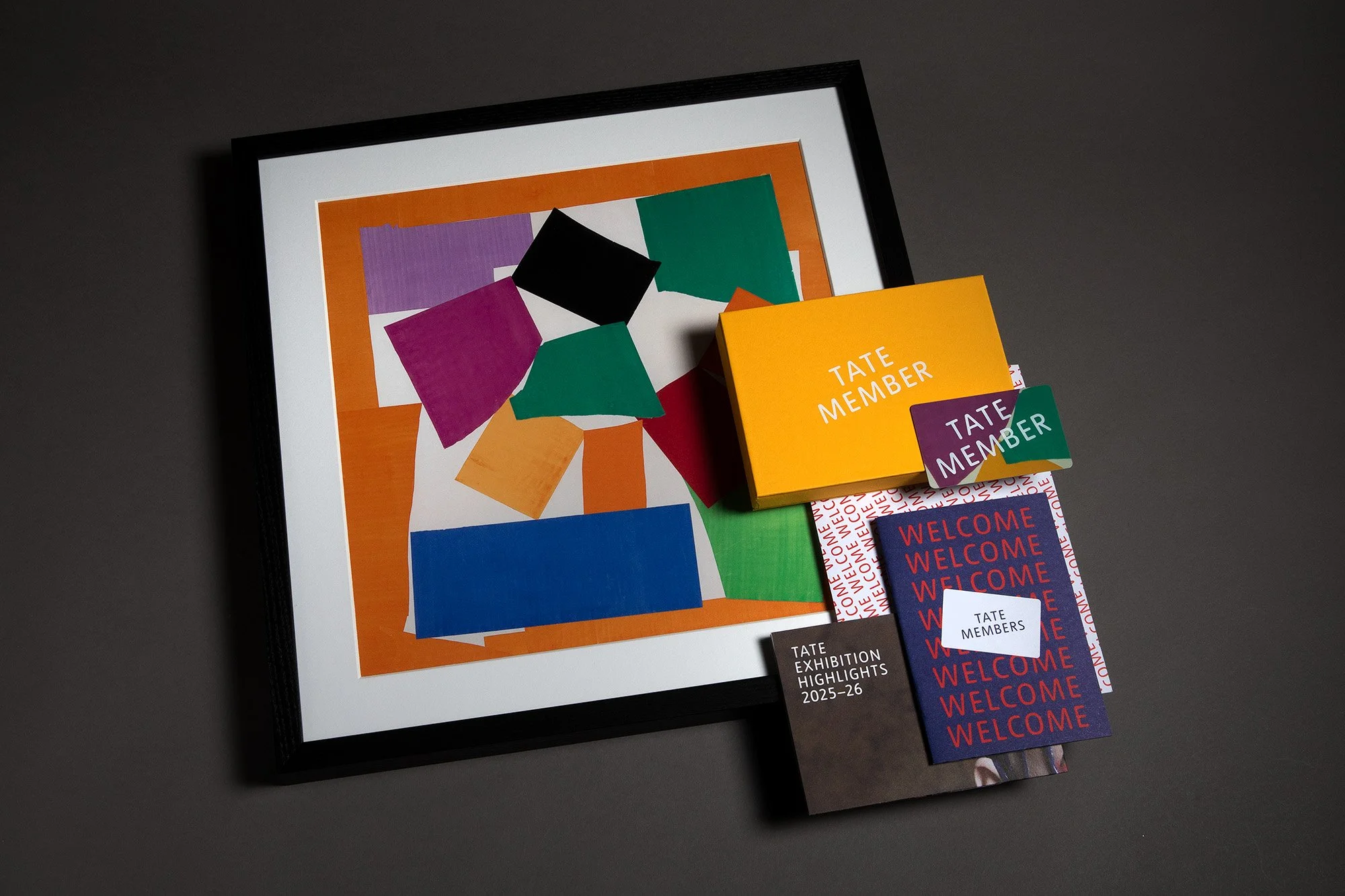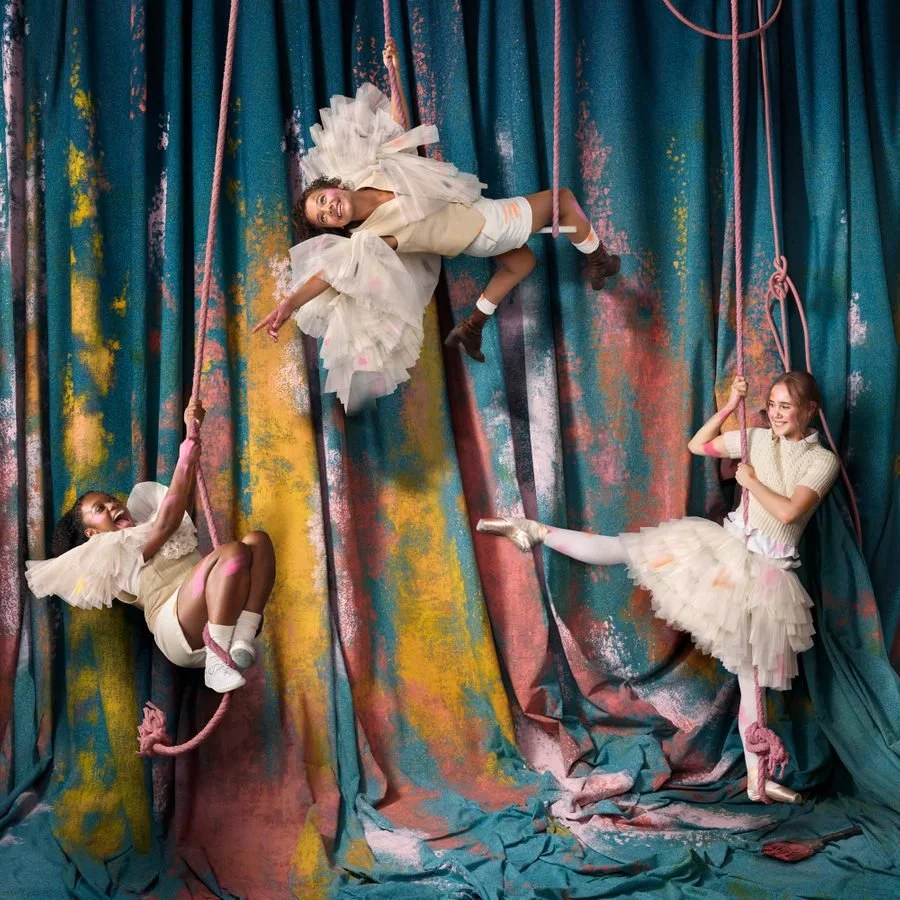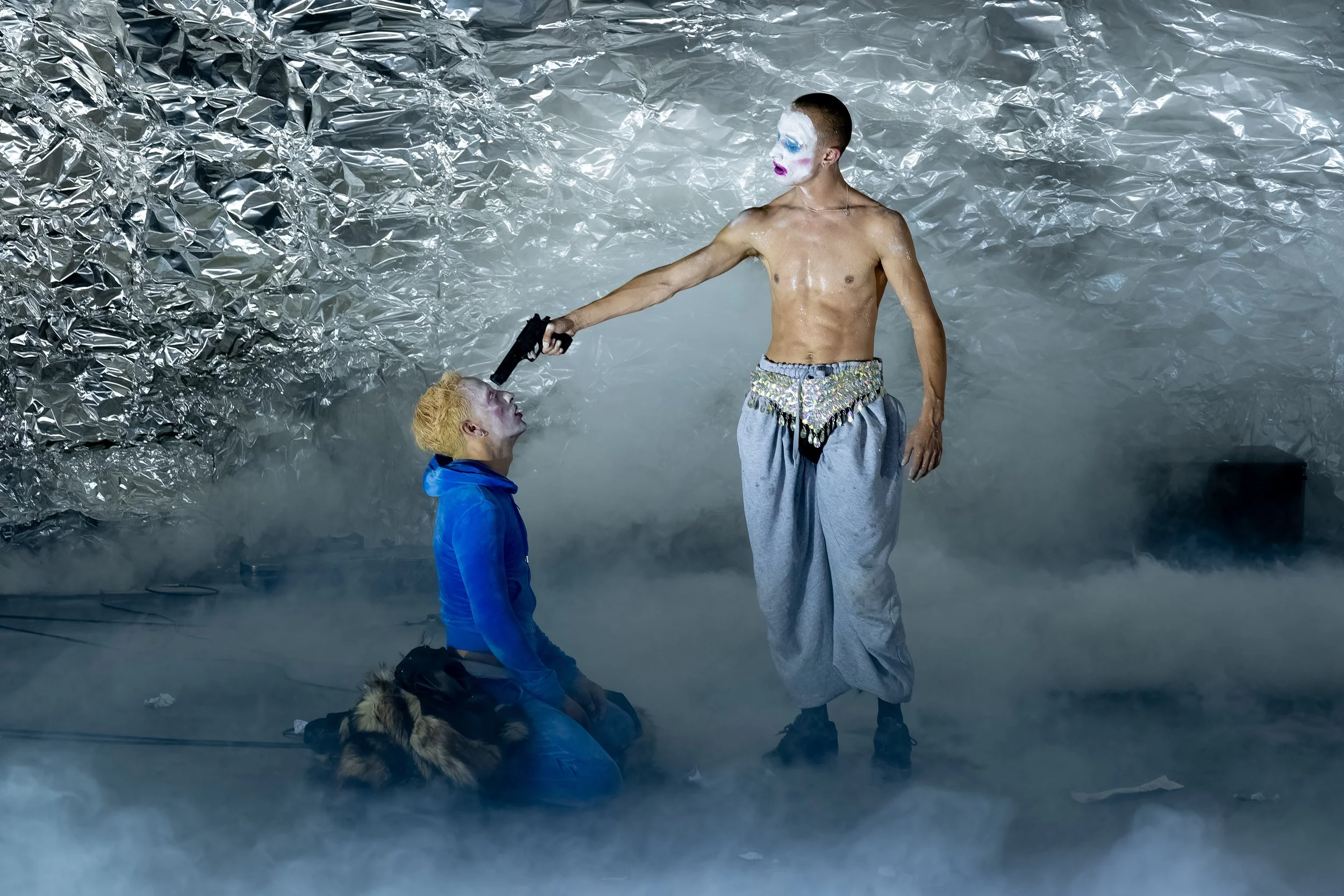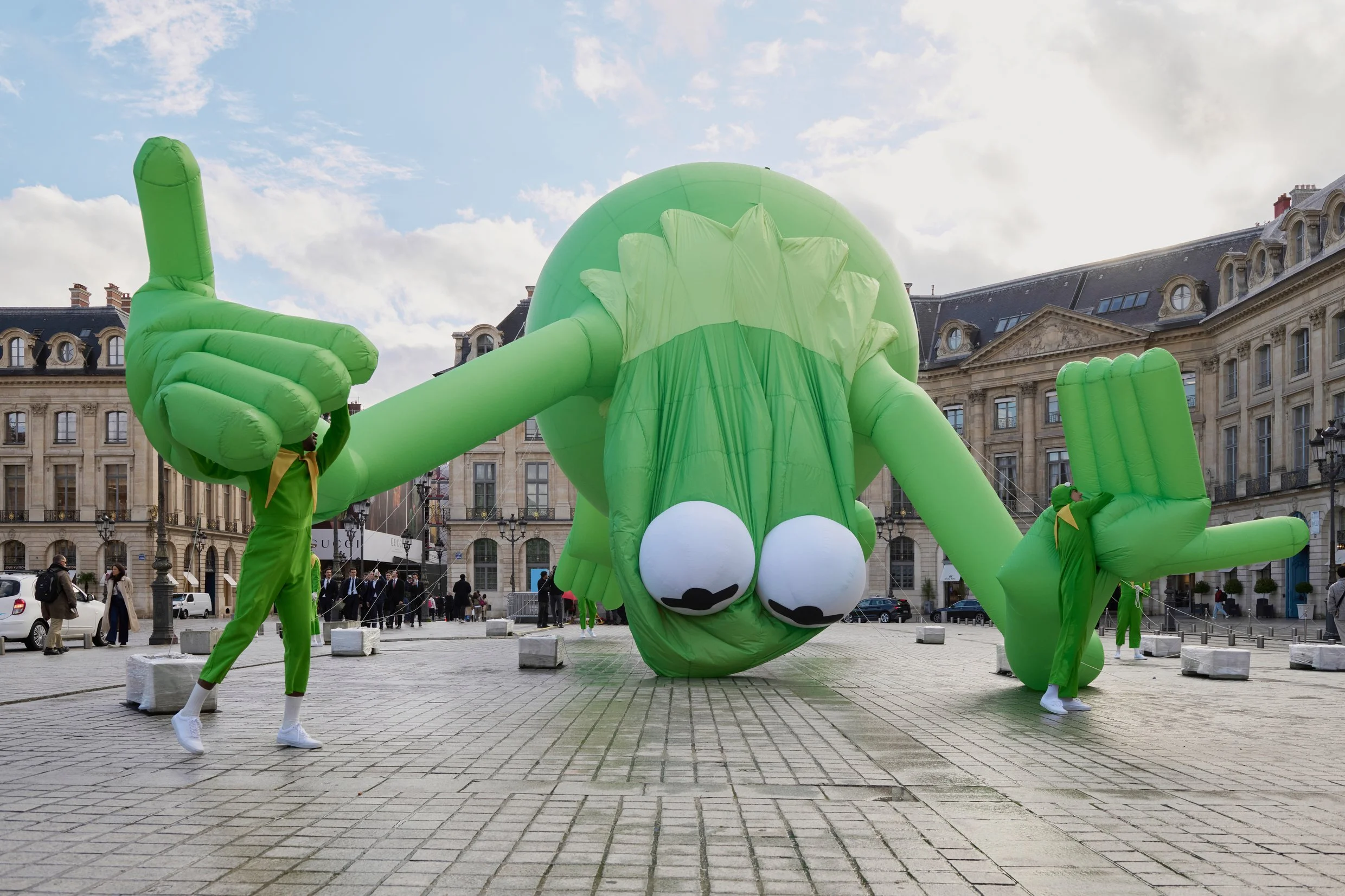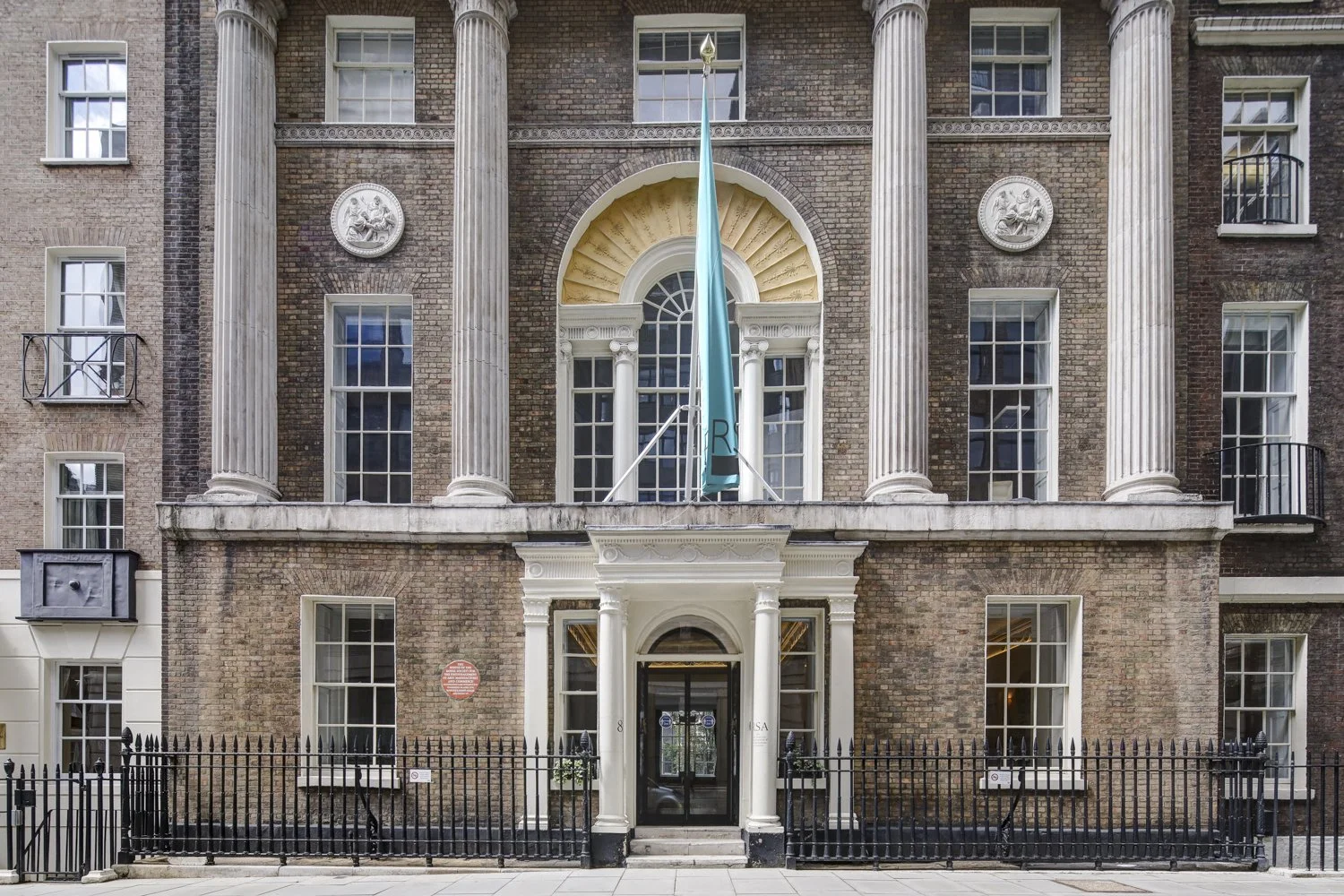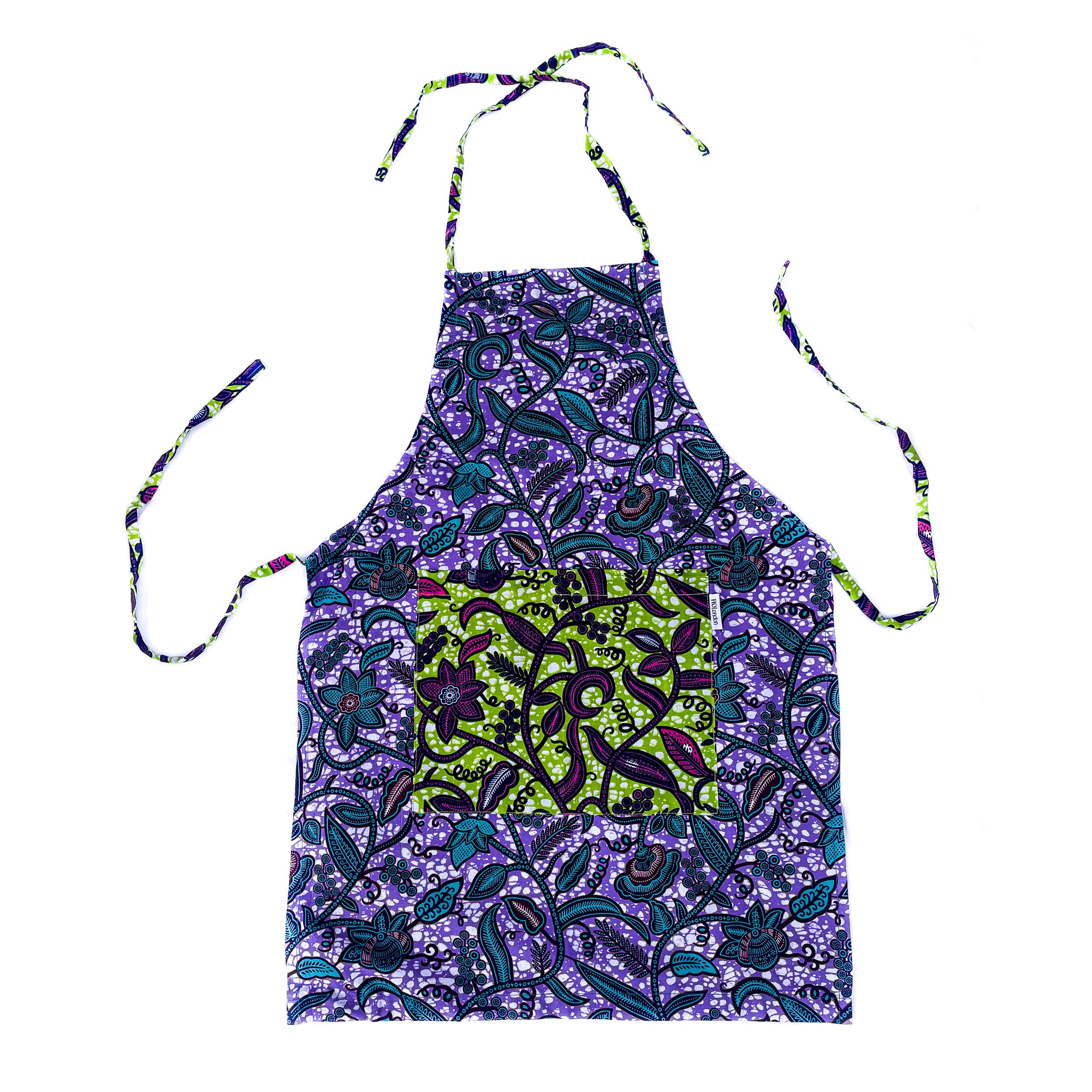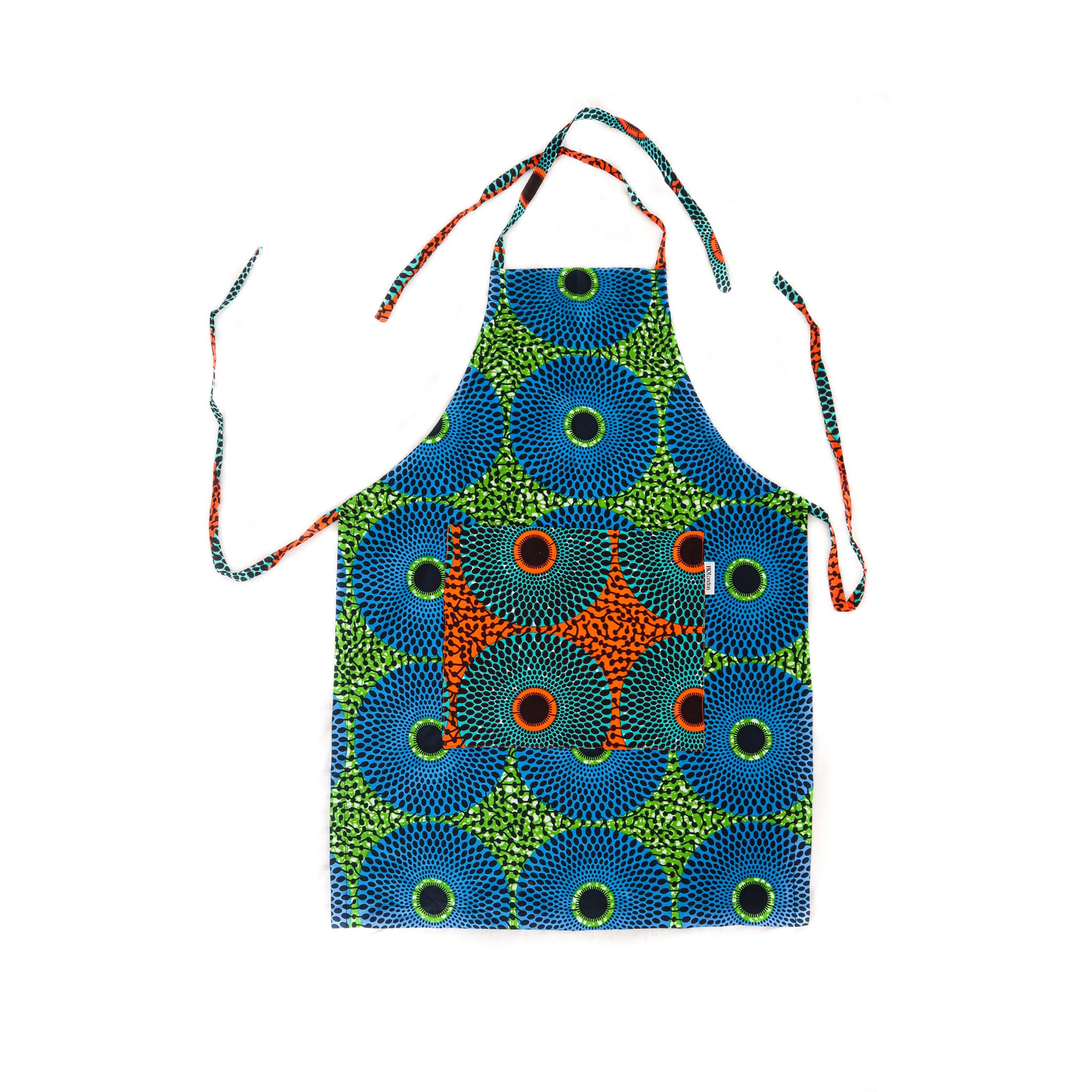How digital art spaces check your feed
Digital art has grown from a niche hobby into a massive cultural trend. Online galleries, social media pages, sites not on Gamstop, and dedicated digital spaces now play a central role in how audiences discover and engage with artists. But behind the beautiful images and creative works that appear on your feed lies a complex system. Digital art spaces check, filter, and arrange your feed in ways that are far from random.
This article explains how digital art spaces analyse what you see, why certain artworks rise to the top, and what it means for artists and viewers.
What Are Digital Art Spaces?
Digital art spaces are online environments designed to display, promote, and sometimes sell art. They include:
Social media sites like Instagram or TikTok, where artists share work directly.
Online galleries and collectives that host curated shows.
NFT marketplaces that combine art with blockchain technology.
Personal websites or blogs where artists control their own presence. They also feature AI artists pushing boundaries, whose experiments show how digital tools expand the definition of creativity.
All of these have one thing in common: they rely on a feed to display content. A feed is a scrolling stream of updates, posts, or artworks. It is the main way audiences interact with digital art today.
Why the Feed Has Become the Central Way People Experience Digital Art
The feed has become the dominant way users experience online content because it is convenient, fast, and endlessly updating. Instead of manually searching for new works or visiting dozens of individual pages, users can scroll through a single stream that continuously refreshes. For many people, this feed is their main entry point into the world of digital art.
Artists, curators, and brands have adapted to this behaviour by focusing their efforts on feed visibility. The moment an artwork appears in someone’s feed, it has the potential to gain attention, likes, shares, and sometimes sales. If it doesn’t appear in the feed, the chances of discovery drop dramatically.
This is why the feed is not just a display method; it is now a gatekeeper of attention. The artworks at the top of a feed often shape what audiences think is trending or valuable. For viewers, it means that what they see is guided by hidden systems rather than a purely open field of choices.
How Digital Art Spaces Collect Data From Your Activity and Behaviour
To decide what you see in a feed, digital art spaces rely on continuous data collection. Every action you take becomes a signal. For example:
Engagement signals: likes, comments, shares, and even the amount of time you spend on a specific image.
Scrolling behaviour: what you quickly skip versus what you stop to view in detail.
Connection patterns: the artists, galleries, and communities you follow, and how you interact with them.
Personal details: location, language, and sometimes age or device type, which influence cultural preferences.
Purchase history: if a space also sells art, your buying habits directly influence what appears in future feeds.
This data is not collected in isolation. It is stored, compared, and analysed to create predictions. The growing influence of crawling technology also plays a role here, as automated systems scan, categorise, and connect vast amounts of digital content in the background. These predictions then feed into algorithms that determine how artworks are ranked. In this sense, the process of checking your feed is inseparable from the data you provide, often without noticing.
The Algorithm’s Role
At the heart of the feed system is the algorithm. Think of it as a set of rules and predictions that decide what you see next. The algorithm does not simply show posts in chronological order. Instead, it ranks and organises them based on how relevant or interesting it thinks they are to you.
Key Factors Algorithms Look At:
Engagement rate: Art that gets many likes, comments, or shares rises higher.
Relevance: If you often engage with surreal art, the system will show you more of it.
Freshness: New posts get temporary boosts to test audience response.
Relationships: If you regularly interact with a specific artist, their work is prioritised.
Predicted interest: Based on patterns from other users similar to you.
This process is continuous. Every time you scroll, the system updates its predictions about what you might want to see.
Comparing Algorithmic Feeds to Human-Curated Digital Art Displays
Not every feed is managed in the same way. Some spaces rely mainly on algorithms, while others depend on human judgment.
Algorithm-driven feeds dominate on social networks. They offer speed, constant updates, and personalised suggestions, but they also risk becoming repetitive or biased.
Human-curated feeds are common in online galleries and digital exhibitions. Here, curators choose works to highlight based on themes, quality, or cultural importance.
The difference is significant. An algorithm aims to predict what will keep you scrolling, while a curator aims to tell a story or introduce new perspectives. Many digital art spaces now use both approaches. For example, a gallery may run curated exhibitions but also use recommendation engines to suggest related artworks.
Reasons Digital Art Spaces Monitor and Adjust Your Feed So Closely
Digital art spaces check feeds carefully because the feed is their main tool for keeping users engaged. If the feed feels boring or irrelevant, users leave. If it feels interesting and engaging, users return often and spend more time browsing.
The main reasons include:
Retention: Keeping audiences active by showing content they are likely to enjoy.
Revenue: For marketplaces, highlighting works you may buy directly increases sales. Some online art marketplaces also aim to create fairer opportunities for underrepresented creators, showing how feed visibility can directly connect artists with buyers.
Community growth: A well-managed feed encourages interaction between artists and audiences, building stronger networks.
Content testing: Feeds are used to test what styles or formats gain traction before they are promoted further.
Checking feeds is not a one-time process. It is continuous, adapting to changes in user behaviour and larger cultural trends.
The Impact on Artists
For artists, the way feeds are checked and structured has major consequences:
Visibility depends on algorithm rules: Even talented artists may struggle if the system does not surface their work.
Pressure to adapt: Artists often feel forced to post more frequently, follow trends, or adjust their style to match what the algorithm promotes.
Global reach: At the same time, feeds give artists access to audiences they would never reach offline.
Inequality of exposure: Popular artists often get more visibility, creating a cycle where they remain on top.
The Impact on Viewers
For viewers, feed checking also shapes experience:
Personalisation: You see more of what you like, but sometimes too much of the same thing.
Echo chambers: The feed may limit your exposure to diverse or challenging art.
Discovery: On the positive side, the system can introduce you to new artists aligned with your interests.
Time spent: Because the feed is designed to keep you scrolling, you may consume more art than you would otherwise.
Common Challenges and Criticisms Linked to Feed-Checking Systems
While feed-checking has benefits, it is not without problems. Critics point to several recurring issues:
Bias and inequality: Algorithms may favour certain demographics, styles, or formats, making it harder for diverse voices to break through.
Commercial influence: Paid promotions can distort what users believe is popular or authentic.
Lack of transparency: Most users do not know why specific works appear in their feed.
Artist burnout: Constant pressure to adapt to feed logic can lead to stress and reduced creativity.
These challenges raise questions about whether digital art spaces serve artists and audiences equally or primarily optimise for attention and revenue. Many creators also share their concerns about sharing art online, highlighting risks around copyright, visibility, and the constant need to adapt to algorithms.
Practical Strategies Artists Use to Work Successfully With Feed Algorithms
Despite the challenges, many artists have found ways to adapt. Some common strategies include:
Posting consistently to stay active in the system’s memory.
Crafting captions that encourage responses, boosting engagement signals.
Using different content formats such as videos, carousels, or interactive elements.
Cross-promotion across multiple sites to avoid over-reliance on a single feed.
Building direct communities through newsletters, private groups, or chat servers, reducing dependence on algorithms.
These strategies do not eliminate the influence of algorithms but give artists more control and resilience in the feed-driven environment.
Future Trends in How Digital Art Feeds Will Be Checked and Personalised
The way feeds are checked will continue to evolve. Several trends are already visible:
More advanced AI: Future systems may predict tastes before users even express them.
Hybrid models: A stronger blend of algorithmic suggestions and human curation to balance personalisation with diversity.
Greater transparency: Audiences and artists may demand clearer explanations of how feeds are ranked.
Decentralised art spaces: Blockchain-based models may allow users more control over what appears in their feeds, reducing reliance on centralised algorithms.
These trends suggest that while the feed will remain central, the way it is checked and organised may shift towards giving both artists and viewers more say.
When you scroll through a digital art feed, you are not just browsing randomly uploaded works. You are experiencing a carefully constructed system where algorithms, curators, and data collection all play a role. Digital art spaces check your feed constantly, adjusting, testing, and predicting what will keep you engaged.



